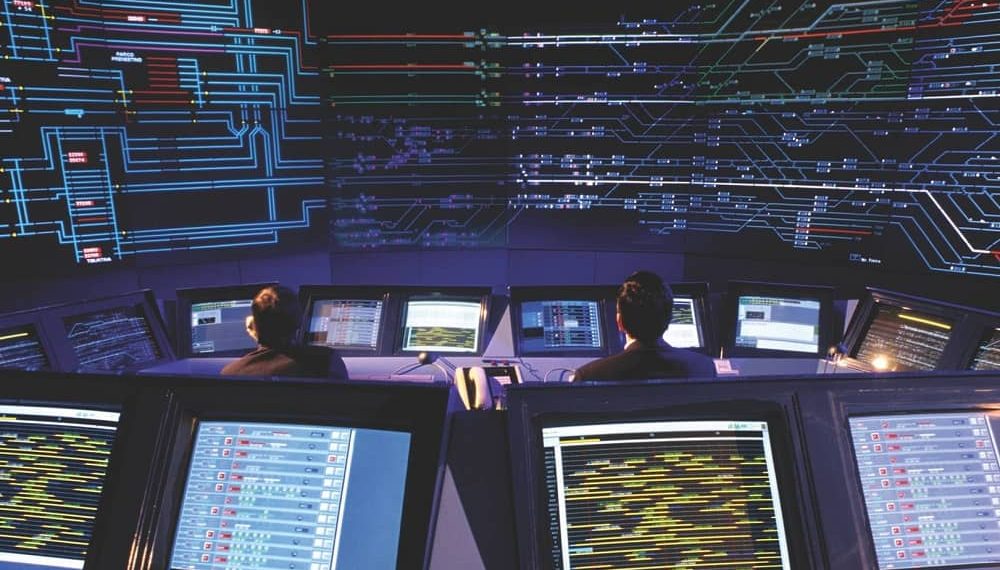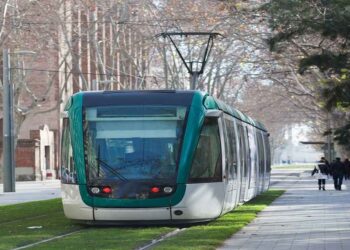The dominance of Railways in any region cannot be undermined. And with technology changing the landscape by the day, the importance of having a robust, secure and safe rail network is the need of the hour. Come to think of it, inter-regional trade largely depends on this mode as it still has an edge over the air transport when it comes to the cost involved. It thus becomes equally important for railways to reciprocate with necessary steps which make it look technologically upgraded and savvy. After all, in this fast-paced global business scenario, what matters is time and efficiency, both for passengers and industries.
The need
Railway networks are often complex. Tag it with human errors or deliberate sabotage, the danger becomes enormous ending into disastrous consequences. Hence, it becomes clear that to build a streamlined railway network, one has to give prominent importance to technology and systems engineering. Using state-of-the-art methods that transform the traditional form of railways to modern design is the need of the hour and most of the Governments and Private organizations have started to realize that.
Role of data
One of the most common parameters that bind safety, security, and communications within the railway system is the data. Massive structured and unstructured data plays a phenomenal role in making railway innovations look seamless. Smarter train communication due to the help of wireless signalling helps the operators to constantly receive data from trains which helps monitor performance and highlight potential problems which need immediate attention. What this does is gauging maintenance requirements in advance and making sure that trains are out of service only for a limited time.
Role of AI
Most of the accidents that occur in this mode are majorly due to signalling systems. Derailments do take place but they happen to be forming a minuscule part of the problem. The role of artificial intelligence in this scenario becomes all the more engaging. Condition-based maintenance and predictive maintenance are two major positives when it comes to using smart and adaptive systems like AI. Remote monitoring of signalling systems has also become quite a reliable tool in making sure that safety is not compromised. Installation of sensors along the railway network to maintain signal health has become pretty common these days, all thanks to the technological systemization which is rapidly taking place.
Upgraded communication systems within trains
Be it freight trains or metros running in urban locales, automation in communication has gone on to improve the safety features of this mode of transport. There are various grading systems which are currently prevalent in trains:
Grade 4: Fully automated locomotive without any human intervention that has a feature of smart obstacle detection, seamless emergency systems in place and in-built sensor door opening and closing.
Grade 3: Trains run automatically between stations but require mandatory human presence in case of emergencies.
Grade 2: The traditional ones with complete human access and intervention. Drivers are responsible for key operations like obstacle detection and emergency system handling procedures.
Cyber Security within the system
Technology has made the entire railway system more adaptable and flexible. With technology getting all the importance that it should, one has to keep in mind that within railways several elements get exposed to cyber-attacks. Be it the signalling systems, Train & Communication systems, Automatic Train Supervision or even the station building elements such as CCTV’s, Lighting, Timetable display, the possibility of getting prone to cyber-attacks is right-up there. To tackle the threat, Railways have adopted measures which can help subside the issues which have cropped up. These measures essentially include:
- Network segmentation and firewall to restrict illegitimate traffic
- End to end security of the management server and the devices
- Encryption of the stored data
Automated wireless signals have become a reality today but they are more vulnerable to getting hacked. The above measures when adopted in the way they should be, can downplay the threat to an extent.
The impact of cyber-attacks on signalling, safety and security of the railway system has become a talking point these days. The fact that Railways are more susceptible to the external environment; it becomes all the more important to have proper and effective cyber-systems in place.


































